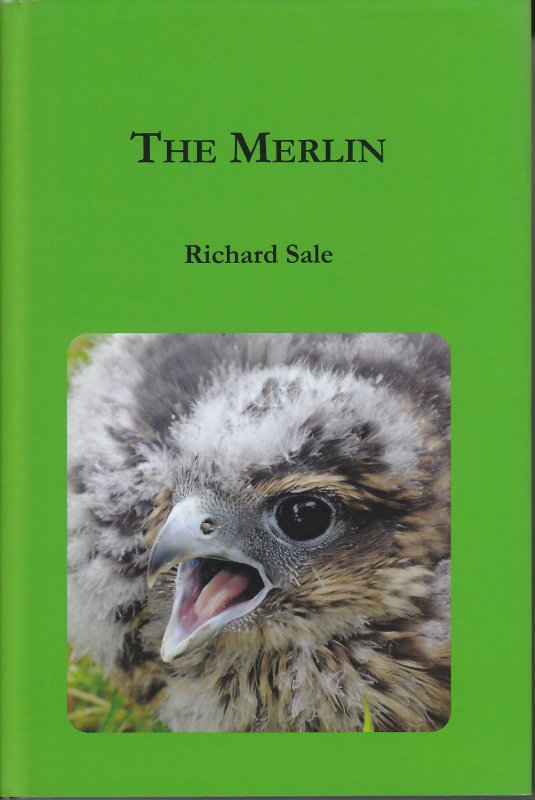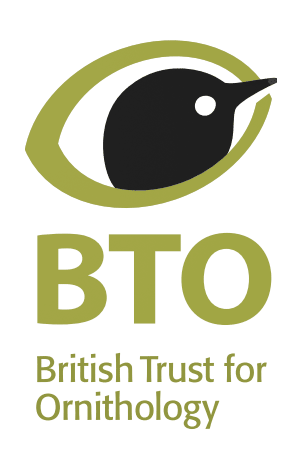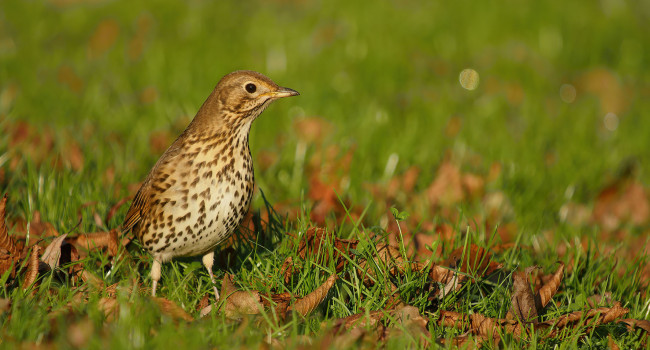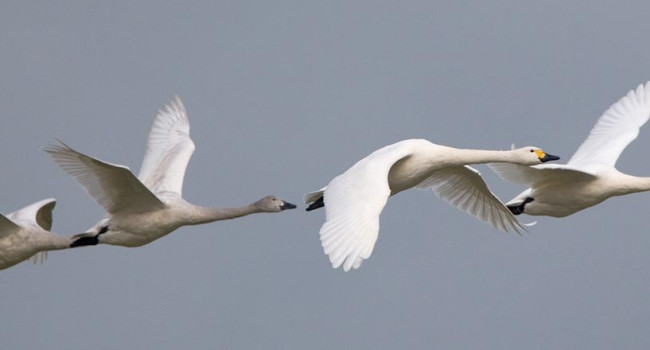
Publisher: Snowfinch Publishing
Publication Year: 2015
Binding: 2
Page Count: 304
ISBN Number: 978-0-95717-321-7
Price: £40.00
The Merlin
The raptors have probably attracted more monographs than any other group of birds, with most of the British and Irish species having at least one volume written about them. The Merlin, by Richard Sale, is the first to tackle this small falcon since Petere Wright’s book on the Merlins of the South-East Yorkshire Dales, published nearly a decade ago. Some readers will recognise Richard’s name from the Poyser monograph on Gyrfalcon, written in partnership with Eugene Potapov, and like that book, this is a detailed and well-researched account.
The book follows what has become a fairly standard format for monographs. The species and its character are first introduced through a more general section on falcons – and in this instance falconry – before the text turns to diet and hunting behaviour. Roughly a quarter of the book is then devoted to breeding ecology which, given that this is where most research on the species has been focused, is extremely rich in its content. The final third of the book covers movements, mortality, interactions with other species and the reasons for population change.
The focus of the book is very much global, placing the ecology and behaviour of British and Irish Merlins into a wider context, but Richard has also been able to bring to the book the research being carried by fieldworkers here, working in places like the Peak District and Scotland. It is really good to see, for example, the chick growth curves produced by the work of Nick Picozzi, Ian Poxton and Alan Heavisides in a book of this kind.
The text is packed with information and is well-supported by the key references but there are occasions where long and poorly structured sentences make it difficult to interpret what is being said. At a wider level the narrative lacks structure and the reader isn’t engaged in a ‘story’ in the way that the best raptor monographs manage to achieve. Photographs and other figures accompany the text, with the latter mostly well used to support what is being said. There is, however, a lack of consistency in the graphs and figures – these vary greatly in style, font size and colour use – and the quality of the photographs is equally variable – one or two are rather pixelated. Such quibbles aside, the book delivers a wealth of information on the Merlin and will surely support and prompt more work on this engaging bird.
Book reviewed by Mike Toms
Buy this book




Share this page